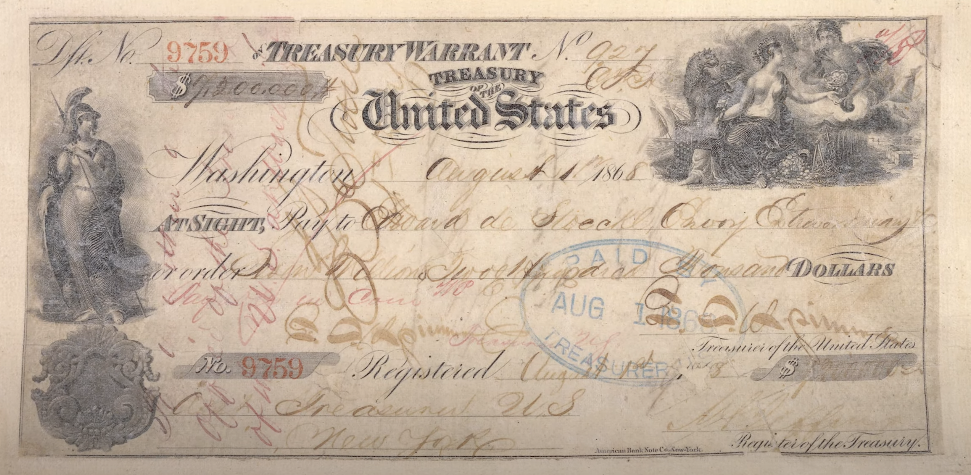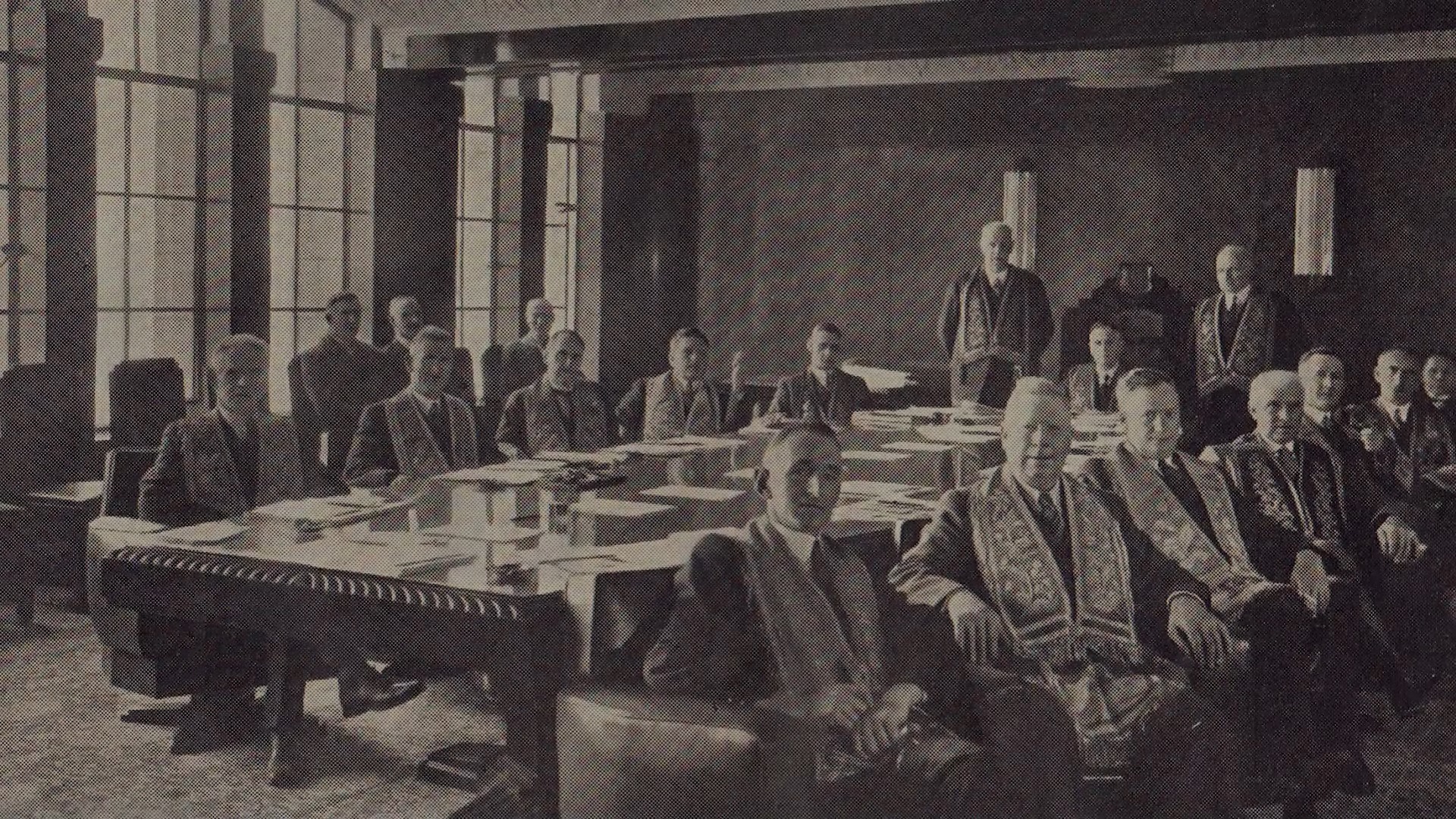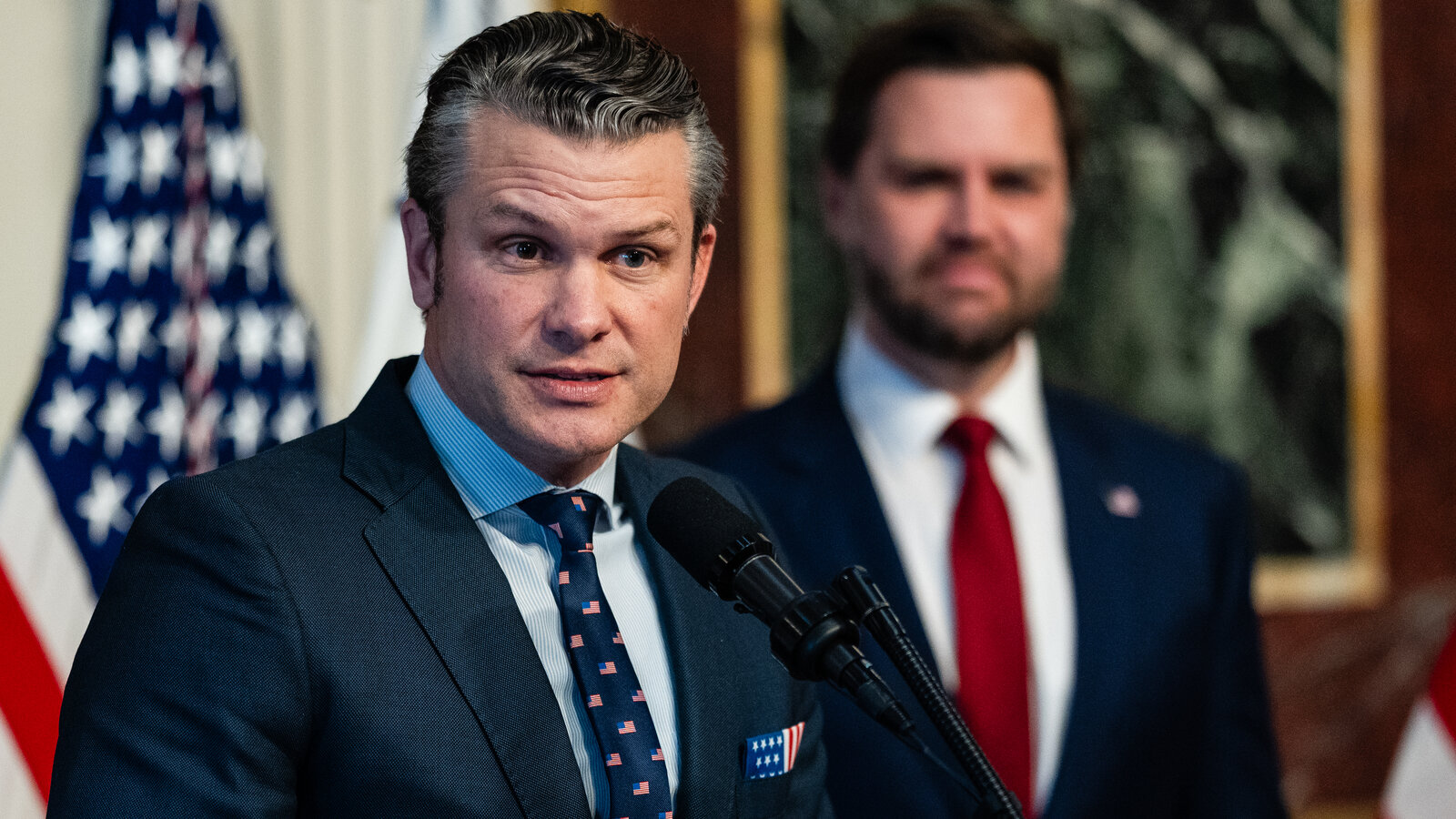Alaska, with its breathtaking landscapes and rich history, has always been a subject of intrigue. One question that often arises is why this vast territory is part of the United States and not Canada. The answer lies in a series of historical events, treaties, and disputes that spanned over a century.
The Origin of the Dispute
As report from United Nations says contention over Alaska’s borders began as a territorial dispute between the United States and the United Kingdom of Great Britain and Ireland, which controlled Canada’s foreign relations at the time.
The disagreement can be traced back to the Russian Empire and Britain in 1821 and was inherited by the U.S. following the Alaska Purchase in 1867. The crux of the matter was Canada’s desire for an all-Canadian outlet from the Yukon gold fields to the sea, which was not realized.
The resulting frustration in Canada was directed more towards the British government than the U.S., as many felt that the British had prioritized Anglo-American relations over Canadian interests.
The Boundary Treaties
The Anglo-Russian Convention of 1825 was a significant treaty that aimed to define the borders of the colonial possessions of Russia and the United Kingdom according to JSTOR. However, the language of the treaty was ambiguous, leading to varying interpretations.
The treaty mentioned a boundary line ascending north along the Portland Channel and then following the summit of mountains parallel to the coast. However, the exact definition of “mountains parallel to the coast” remained a point of contention.
The Gold Rush and Rising Tensions
The late 1890s saw the Klondike Gold Rush in Yukon, Canada, which brought a massive influx of people to the region, many of whom were Americans. This sudden population boom and the presence of gold heightened the importance of establishing a clear boundary.
Canada’s desire for an all-Canadian route from the gold fields to a seaport became even more pronounced. There were even reports of Canadian citizens facing harassment by the U.S. to deter them from making land claims.
- If you want to read more articles on Alaska check here.
The Arbitration of 1903
The boundary dispute reached its climax in 1903 with the Hay–Herbert Treaty between the U.S. and the UK as Academic Accelerator says. The treaty called for an arbitration by a mixed tribunal of six members, comprising three Americans, two Canadians, and one Briton.
The tribunal’s decision favored the U.S. position, with the British member, Lord Alverstone, siding with the Americans on most issues. This decision was seen by many Canadians as a betrayal by the British, leading to a surge in Canadian nationalism and a distinct Canadian identity.
Aftermath and Legacy
The outcome of the arbitration had lasting implications. The Canadian judges on the tribunal refused to sign the award due to their disagreement with Lord Alverstone’s vote. This led to a wave of anti-British sentiments across Canada. The decision also played a role in shaping Canada’s desire to control its foreign policy, eventually contributing to the Statute of Westminster.
The British Perspective
British government’s decision to side with the U.S. in the Alaska boundary dispute was not just about the geographical specifics of the region. It was also a strategic move to improve Anglo-American relations. At the turn of the 20th century, Britain was keen on fostering a better relationship with the U.S., a rising global power.
The Alaska boundary decision was one of several concessions that Britain offered to the U.S., including agreements on fisheries and the Panama Canal. This strategy was part of a broader policy known as the Great Rapprochement, which aimed to end the chill in Britain-U.S. relations and resolve outstanding issues.
The Canadian Backlash
The British government’s decision to prioritize its relationship with the U.S. over Canadian territorial claims led to significant resentment in Canada.
Canadians felt that their interests had been sacrificed for the sake of British foreign policy. This sentiment was not just limited to the public; even prominent figures like Prime Minister Wilfrid Laurier expressed their dissatisfaction.
Laurier stated that as long as Canada remained a British dependency, its current powers were insufficient to protect its rights.
The Modern Implications
The Alaska boundary dispute played a pivotal role in shaping modern Canadian identity. The perceived betrayal by the British government led to a surge in Canadian nationalism, distinct from British imperial identity.
This event, among others, paved the way for Canada’s journey towards greater autonomy and its eventual status as a fully sovereign nation.
Alaska and Canada Today
Today, while the boundary dispute is a thing of the past, the history serves as a reminder of the complex geopolitical dynamics of the North American continent.
Alaska and Canada share a long border, rich natural resources, and indigenous cultures. Both regions have moved past historical grievances and work collaboratively on various fronts, from environmental conservation to trade and tourism.
Alaska’s Rich Tapestry of Cultures
According to the History.com article, the first people migrated to Alaska around 15,000 years ago during the Ice Age. They followed herds of animals across a frozen land bridge known as Beringia, which extended from Siberia to eastern Alaska. These early settlers split into two groups: one remained in Beringia, while the other ventured further into North and South America.
This latter group is believed to be the ancestors of all Native Americans in the Americas. Alaska’s Indigenous population has a rich history, with the first permanent settlements dating back about 4,000 years. These communities primarily hunted sea mammals, while those inland focused on caribou. Today, Alaska boasts 20 distinct Indigenous cultures, each with its unique traditions and history according to Travel Alaska.
Russian Influence and the Creoles
The mid-1700s marked the arrival of the Russians, who came into contact with various Indigenous tribes. Some tribes remained relatively unaffected by European colonists, while others, especially those near the Aleutian Islands, faced challenges.
Russian colonists took some Indigenous Alaskans hostage, forcing them to hunt. Many were later converted to the Russian Orthodox Church. This interaction led to marriages between Alaskan natives and Russians, resulting in a population known as Creoles – individuals of mixed Indigenous Alaskan and Russian heritage.
Unique Features
The Largest State in the U.S.
Nnot only unique for its historical origins but also for its sheer size. It holds the distinction of being the largest state in the United States, dwarfing all the others in land area. Its vastness is such that it could easily accommodate several of the smaller states within its borders.
A Land of Extremes
Known for its extreme landscapes and climate. As National Geographic says It is home to North America’s tallest peak, Denali, which rises to a staggering height of 20,310 feet (6,194 meters). Moreover, the state experiences some of the most severe weather conditions, with temperatures plummeting well below freezing during the long winters.
FAQ
1. Why isn’t Alaska part of Canada?
Alaska became U.S. territory in 1867 after being purchased from Russia for $7.2 million. The border dispute was resolved by arbitration in 1903, establishing Alaska as part of the United States.
2. What role did the Klondike Gold Rush play in the dispute?
The Klondike Gold Rush heightened tensions as Canada sought an all-Canadian route from the gold fields to a seaport, leading to negotiations and, eventually, arbitration.
3. Did indigenous peoples have a say in the dispute?
Indigenous peoples were not directly involved in the negotiations, but the dispute did affect their ancestral lands. Today, indigenous cultures thrive in Alaska.
4. How did the dispute shape Canadian identity?
The dispute contributed to Canadian nationalism and a desire for greater autonomy from British influence, eventually leading to the Statute of Westminster.
5. Are there any ongoing disputes related to Alaska?
While the boundary dispute was resolved, discussions on shared resources and environmental issues continue between Alaska and Canada.
6. Can I witness the Northern Lights in Alaska?
Yes, Alaska is one of the best places on Earth to see the Northern Lights, particularly during the winter months.
7. How has the relationship between Alaska and Canada evolved since the dispute?
Today, Alaska and Canada share a cooperative relationship, working together on various issues, including trade, environmental conservation, and tourism.
8. Are there any disputed borders remaining between the U.S. and Canada?
The Alaska boundary dispute was one of the last major border disputes between the U.S. and Canada, and it has been successfully resolved.
Final Words
In retrospect, the Alaska boundary dispute offers valuable lessons on diplomacy, national identity, and the importance of clear communication in international relations. It’s a testament to the fact that while borders may define territories, it’s mutual respect and understanding that foster lasting peace and cooperation.















